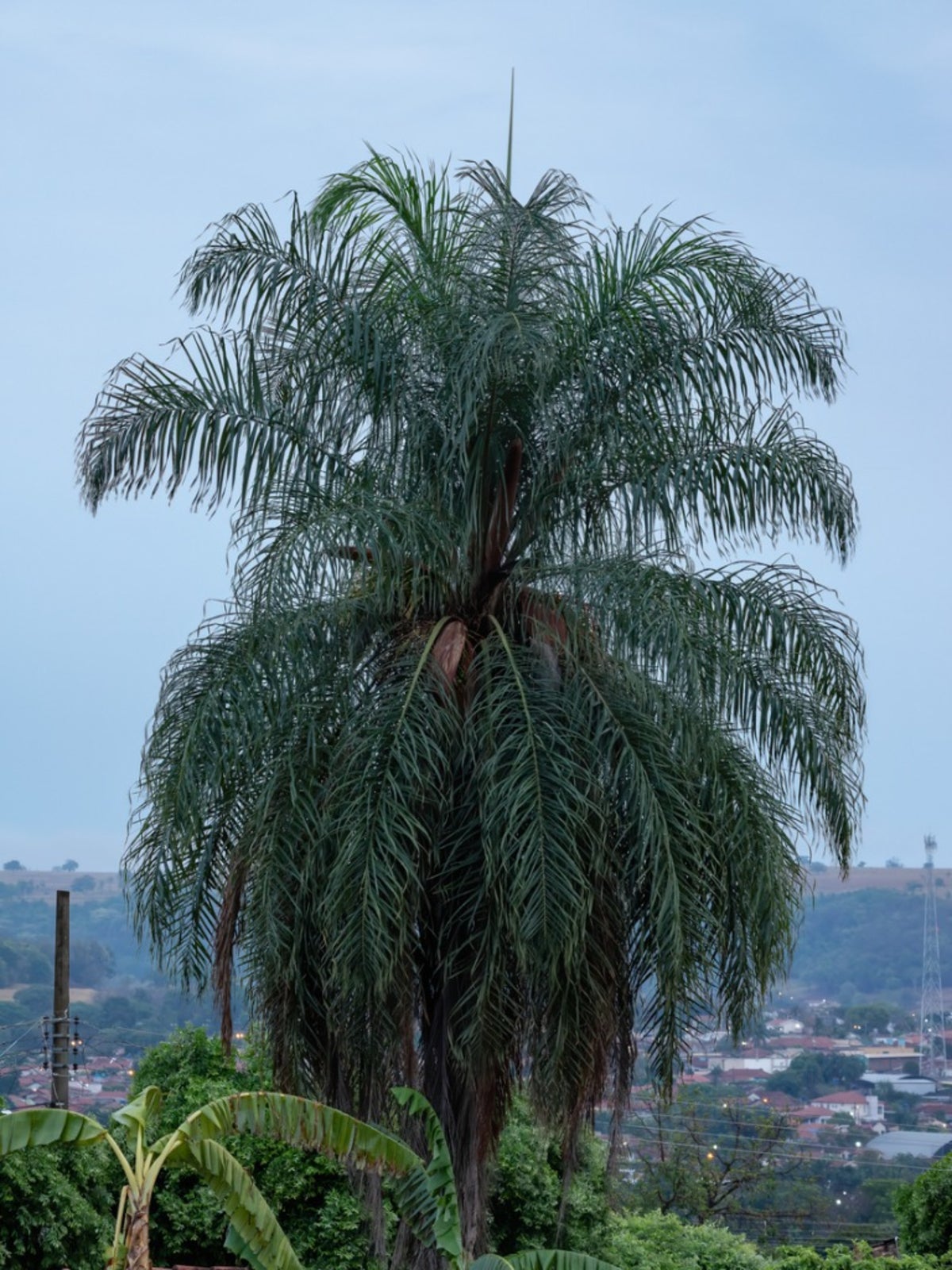Macaw Palm Info: How To Grow Macaw Palm Trees

The macaw palm is a salt-tolerant tropical palm native to the Caribbean islands of Martinique and Dominica. Its most distinctive feature is the sharp, 4 inch (10 cm.) long spines covering the trunk. The density of these thorns on the upper trunk gives the tree an unusual appearance. Other than the thorns, it has a similar appearance to the queen palm (Syagrus romanzoffianum).
Macaw Palm Info
The macaw palm, Acrocomia aculeata, got its name because its nuts are consumed by the hyacinth macaw, a South American parrot. The tree is also called the grugru palm or the coyol palm. A fermented beverage called coyol wine is made from the tree’s sap. Macaw palm plants are slow growing as seedlings. However, once they get going, they can reach 30 feet (9 m.) tall within five to ten years and can potentially reach 65 feet (20 m.) tall. It has 10 to 12 foot (3-4 m.) long, feathery fronds, and the leaf bases also feature thorns. Spines may wear away on older trees, but young trees certainly have a formidable appearance. Only plant this tree where it will not be a hazard to passersby and pets.
How to Grow Macaw Palm Trees
This species grows in USDA gardening zones 10 and 11. Growing a macaw palm in zone 9 is possible, but the young plants need to be protected from frost until they are established. Zone 9 gardeners in California and Florida have successfully grown this plant. Macaw palm care includes regular watering. Established trees can survive dry conditions but will grow more slowly. The species is quite tolerant of difficult soil conditions including sand, saline soil, and rocky soils. However, it will grow fastest in well-drained soil that is kept moist. To propagate macaw palm, scarify seeds and plant in warm weather above 75 degrees F. (24 C.). Seeds are slow to germinate, and it may take four to six months or more before seedlings appear.
Sign up for the Gardening Know How newsletter today and receive a free copy of our e-book "How to Grow Delicious Tomatoes".
Ilana Goldowitz Jimenez is a scientific and agricultural writer with a B.S. in Plant Sciences from Cornell University and a PhD in Chemical Biology and Infectious Disease from Harvard University.